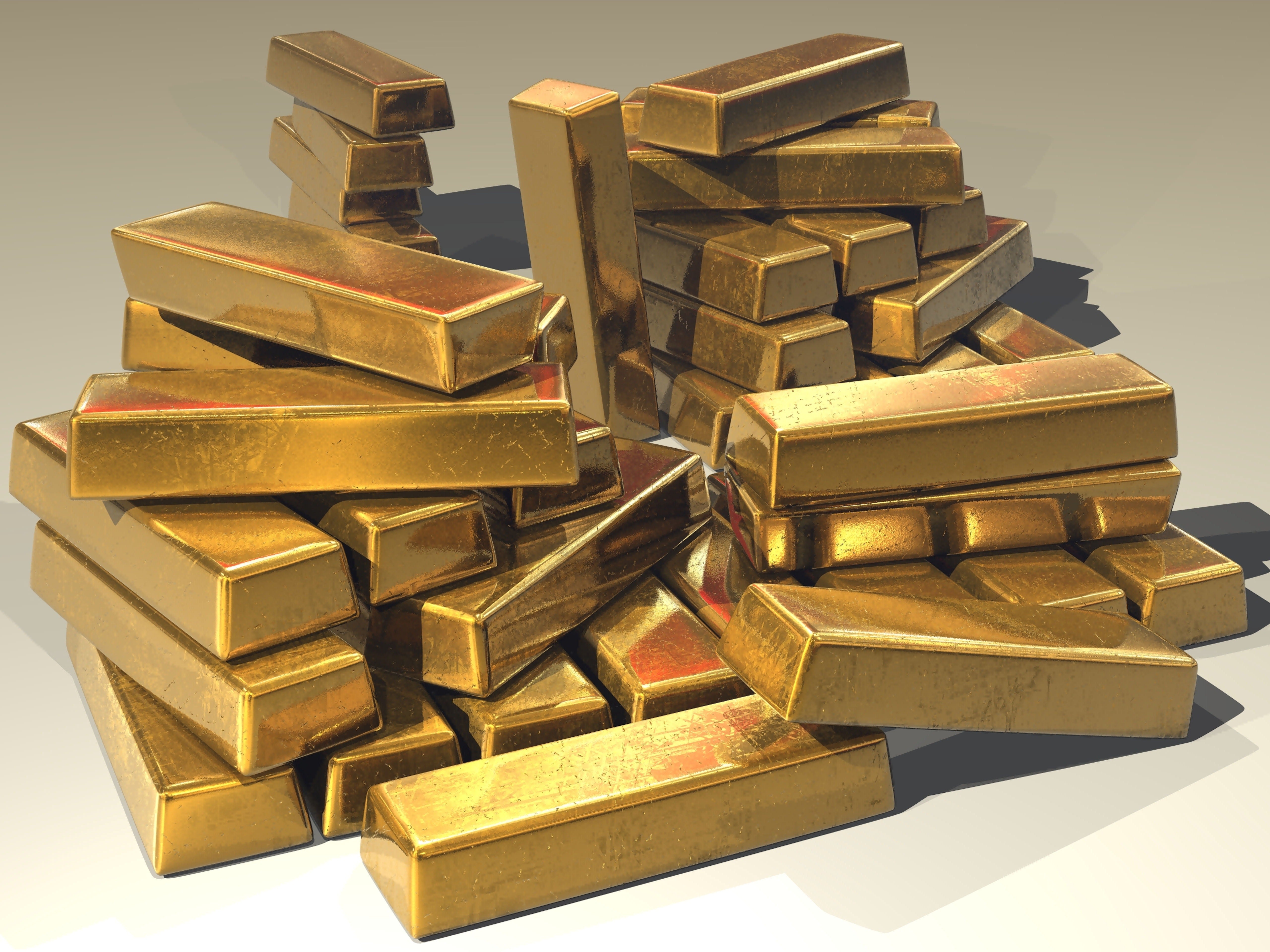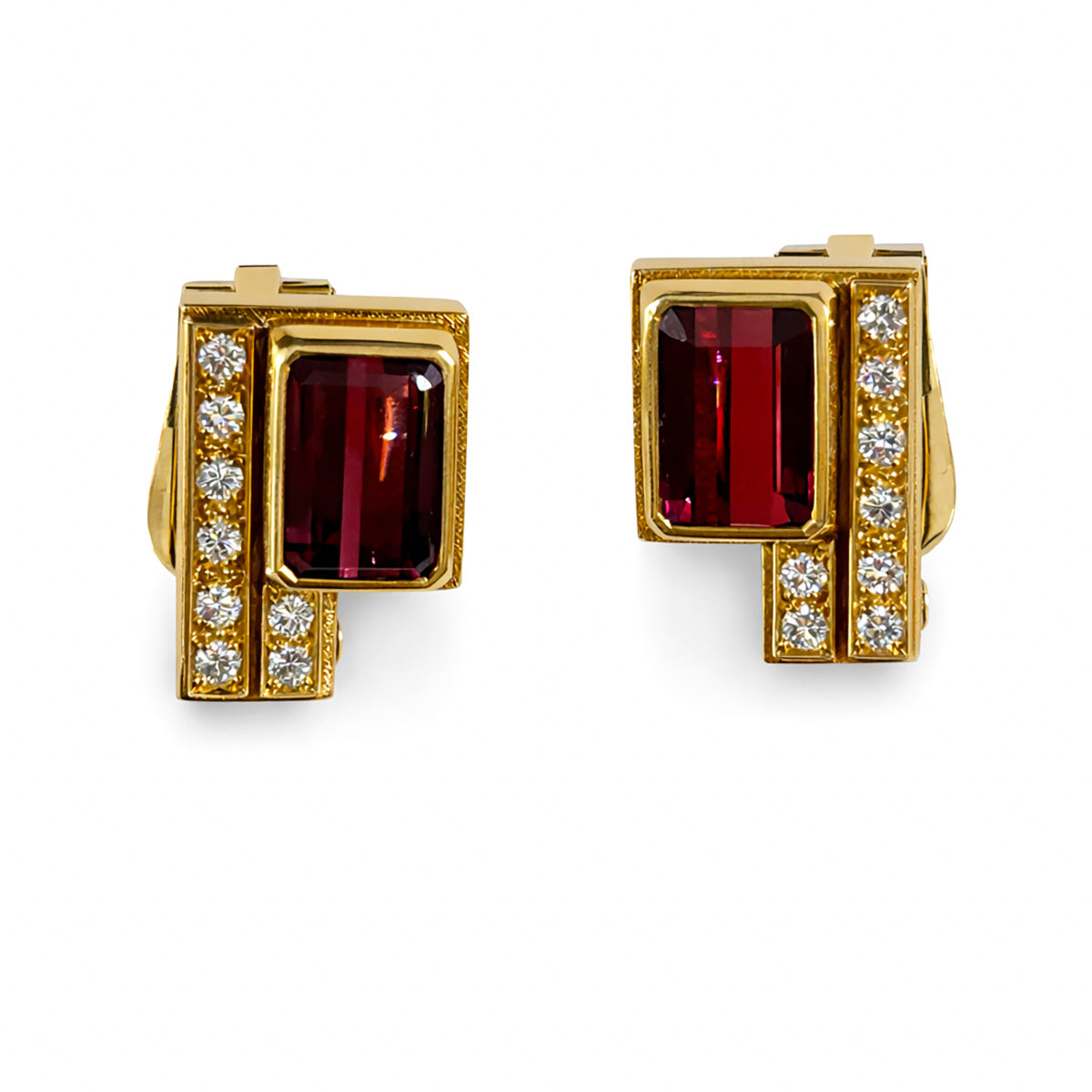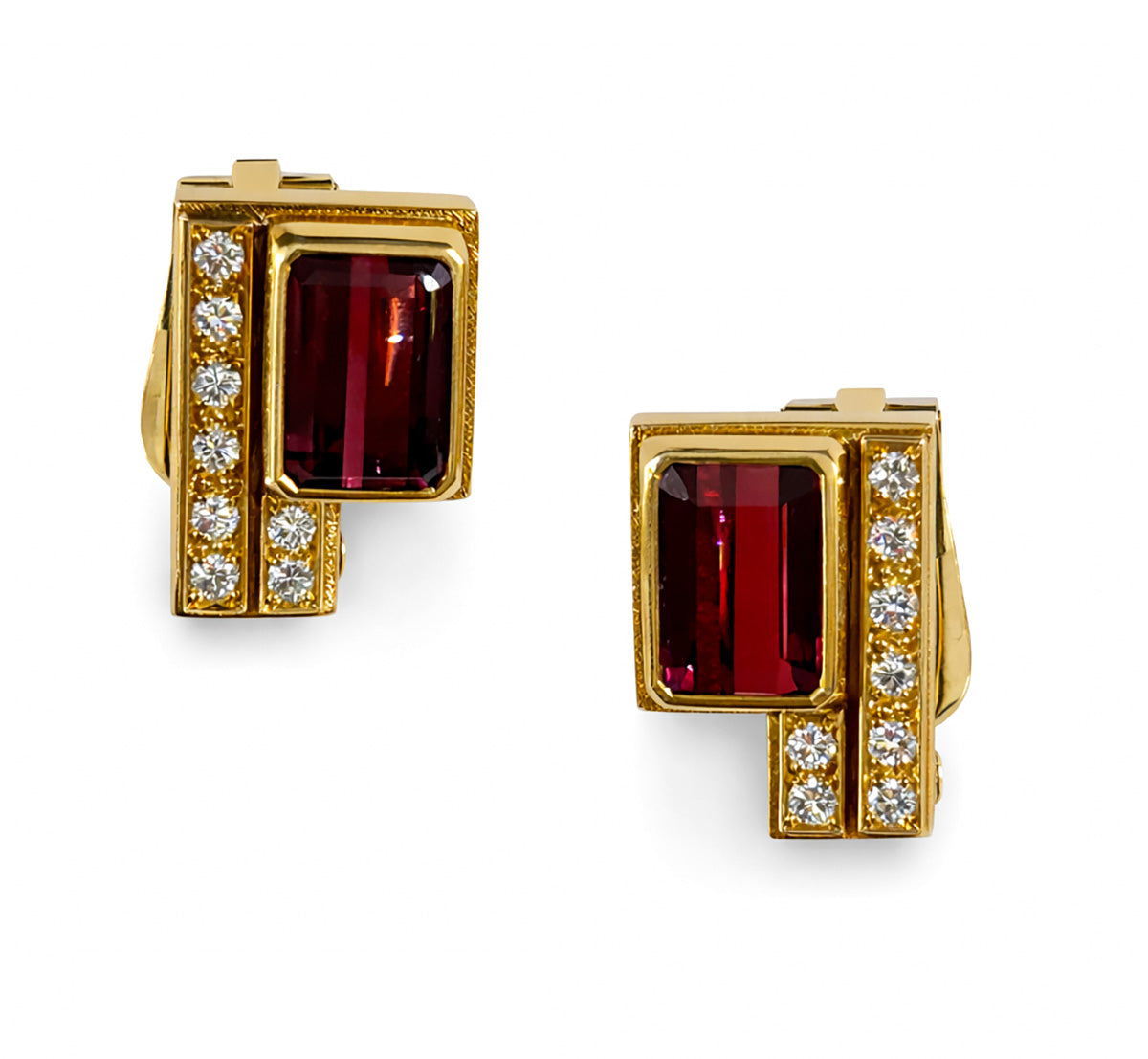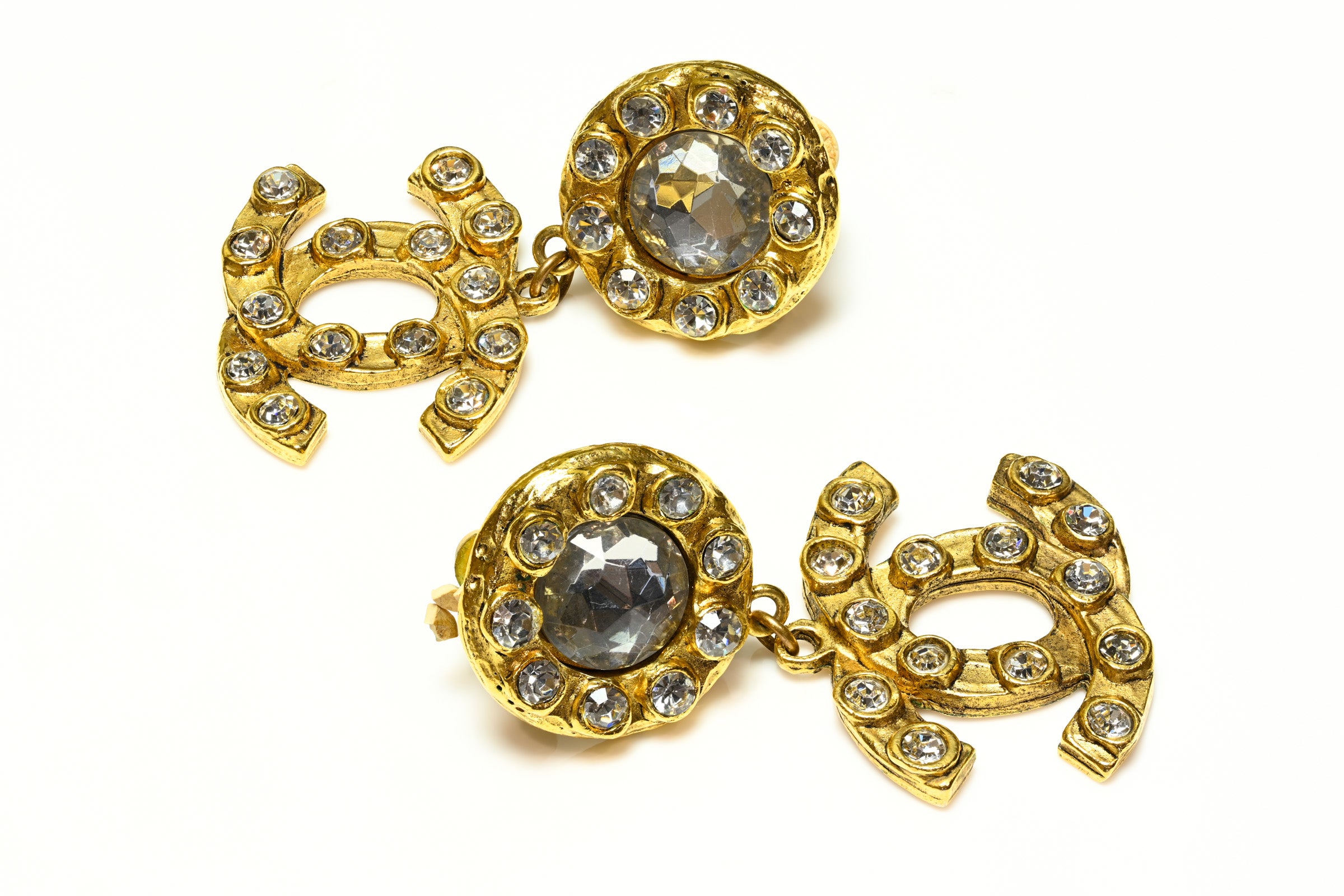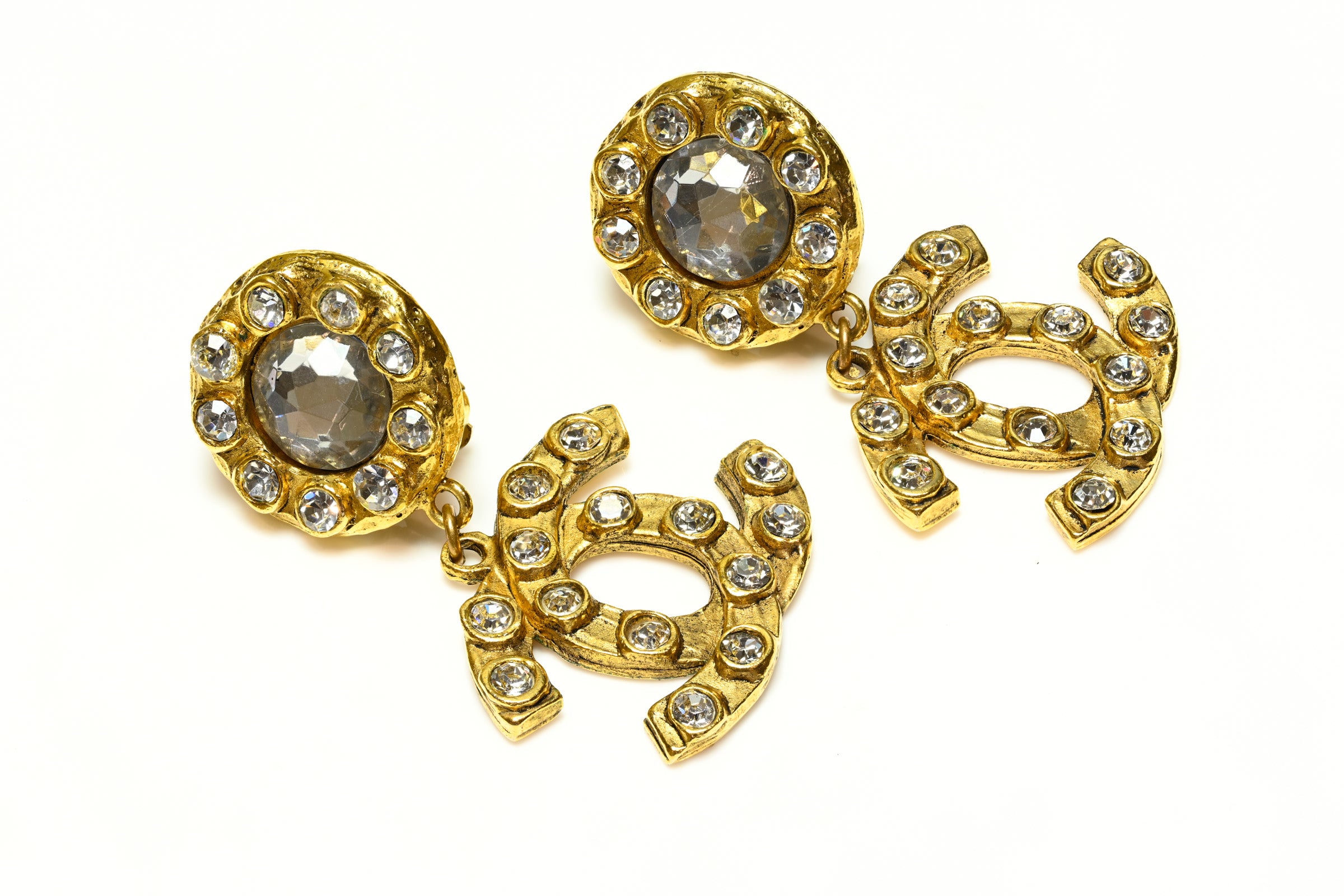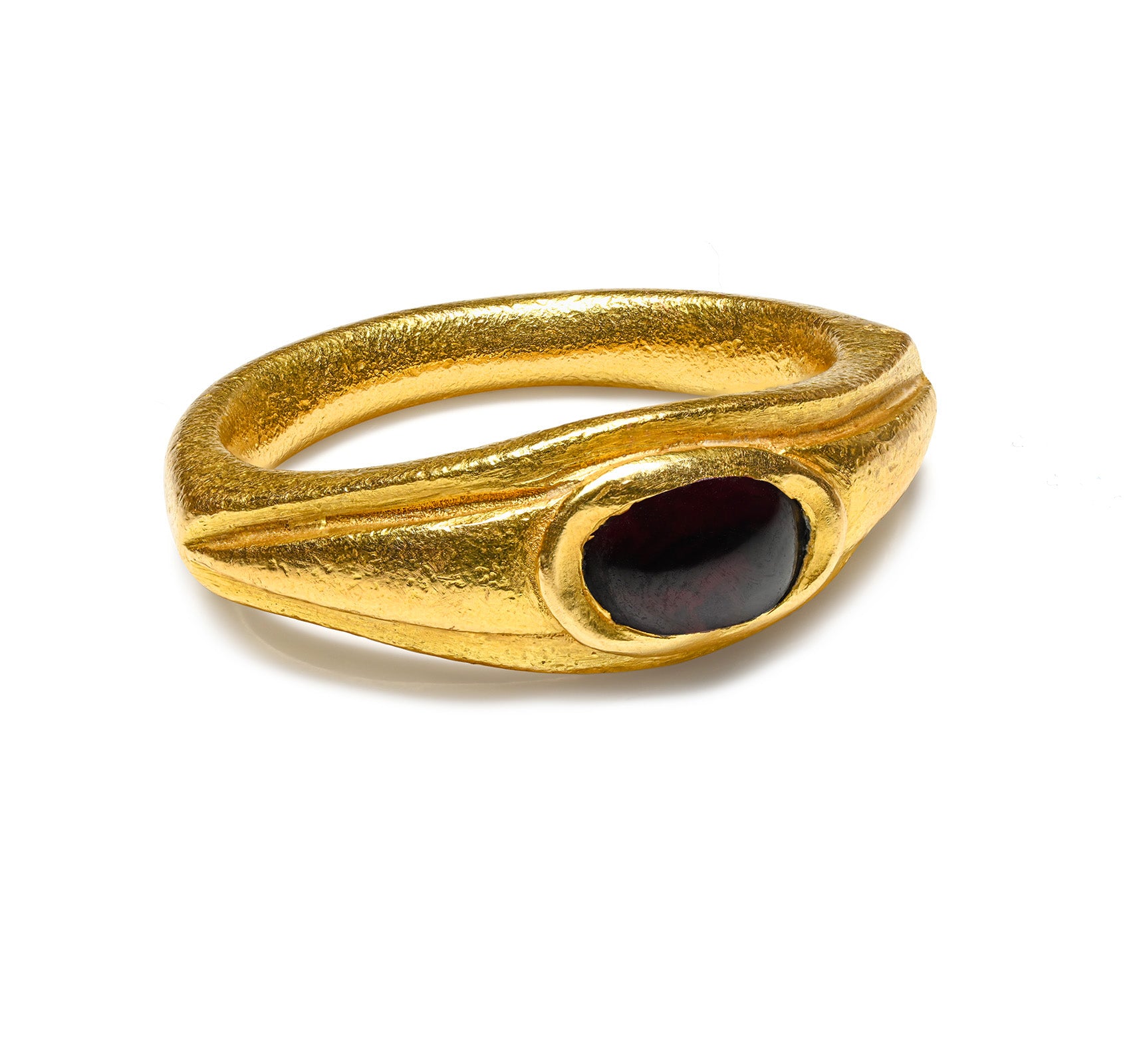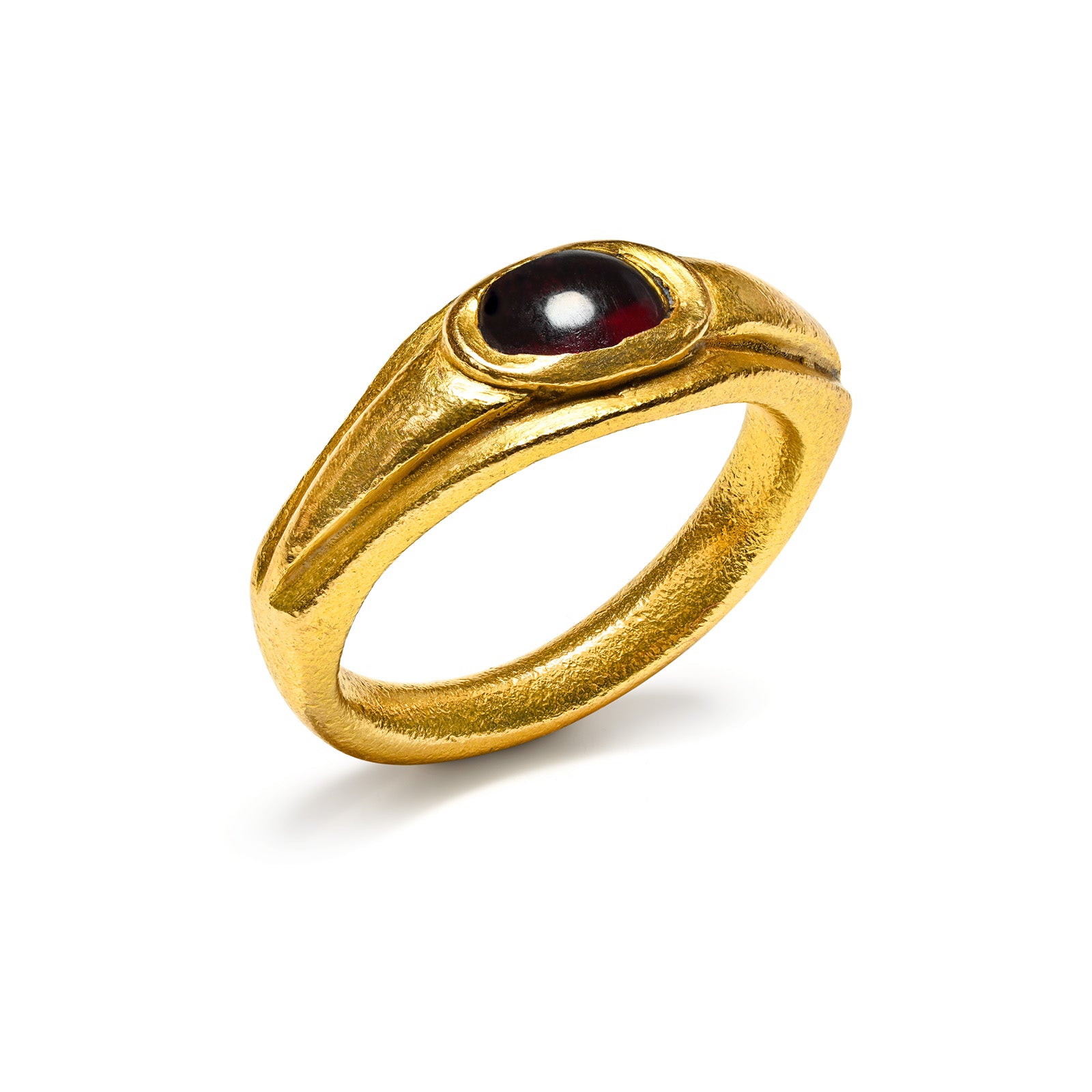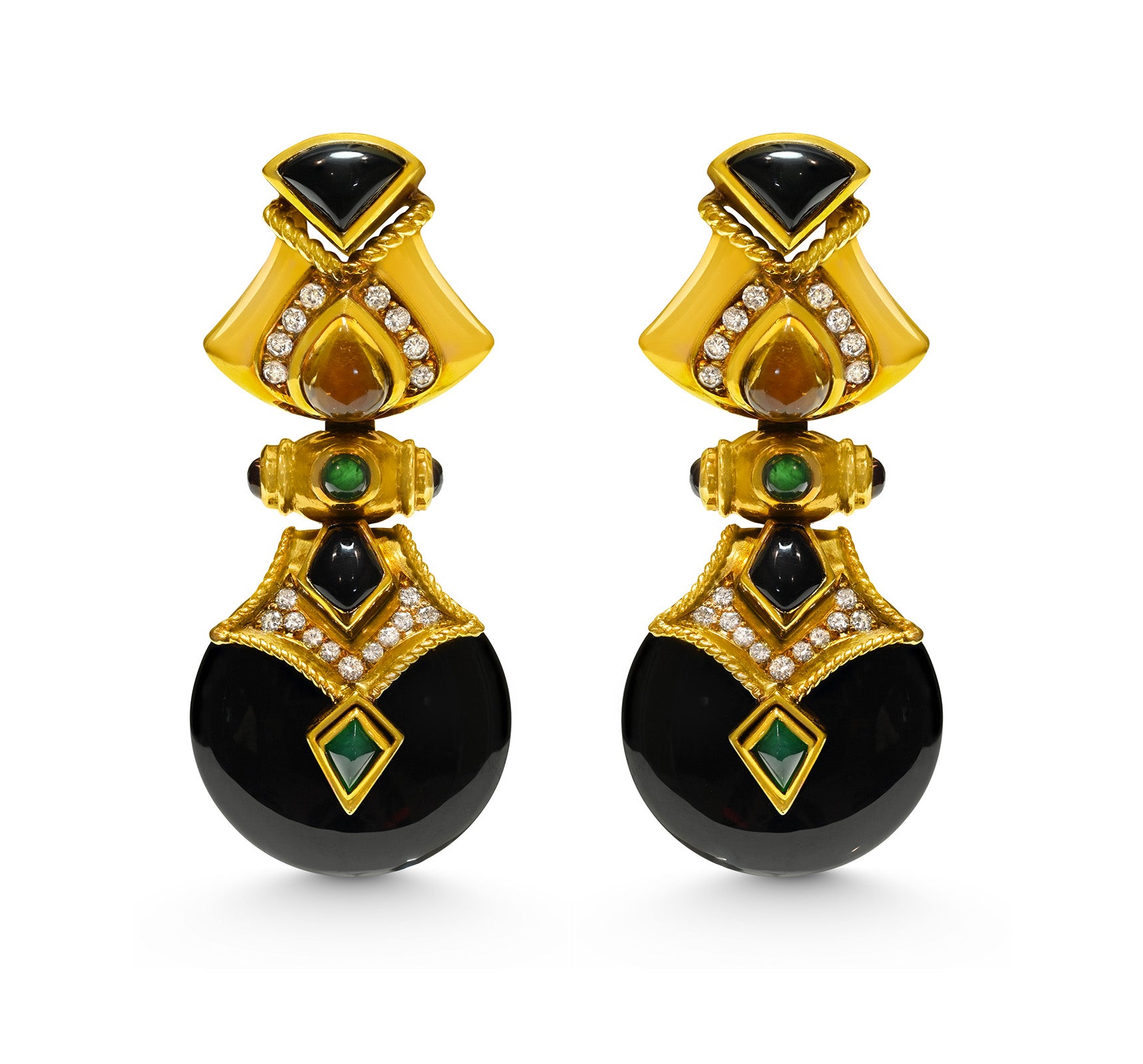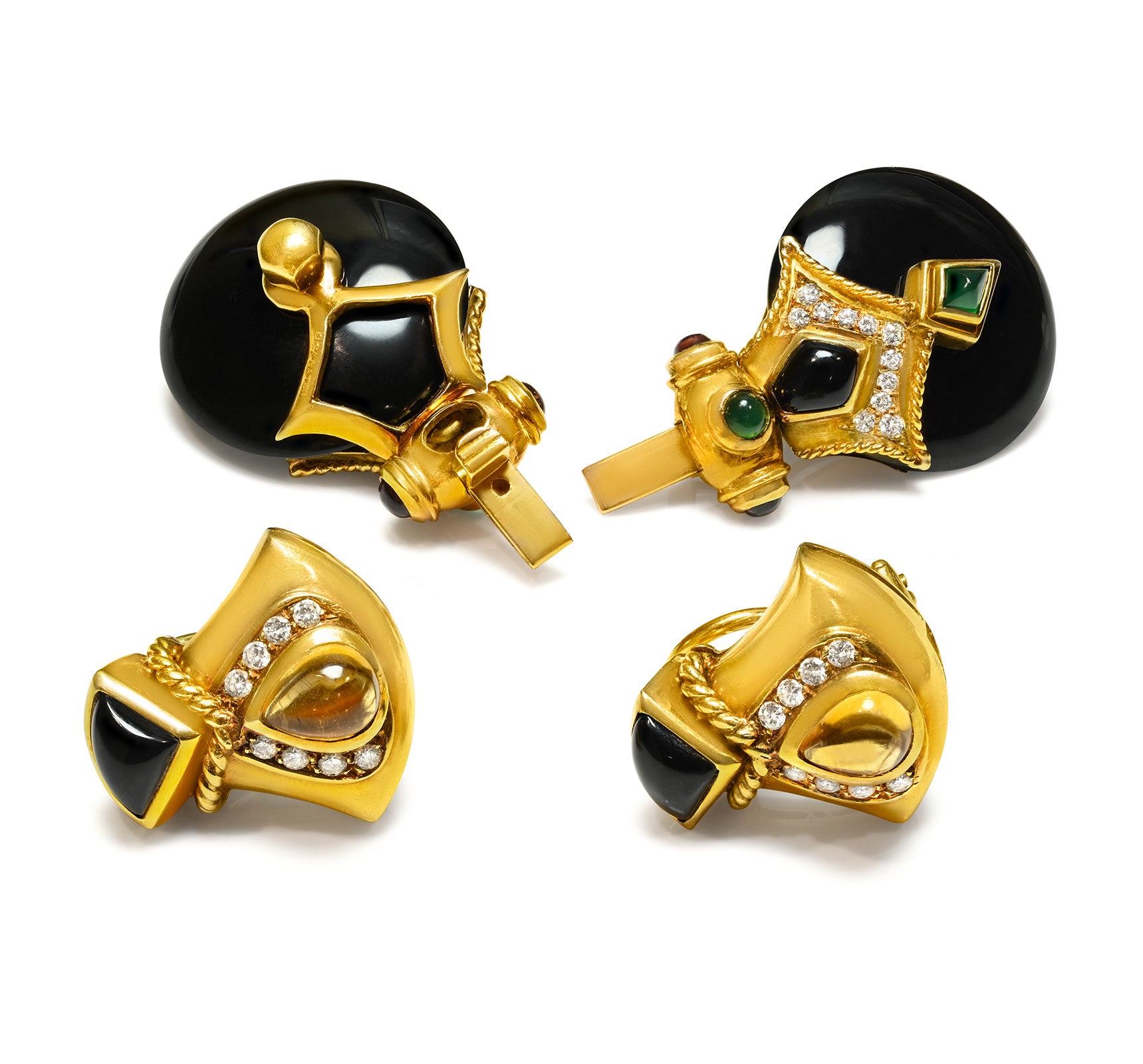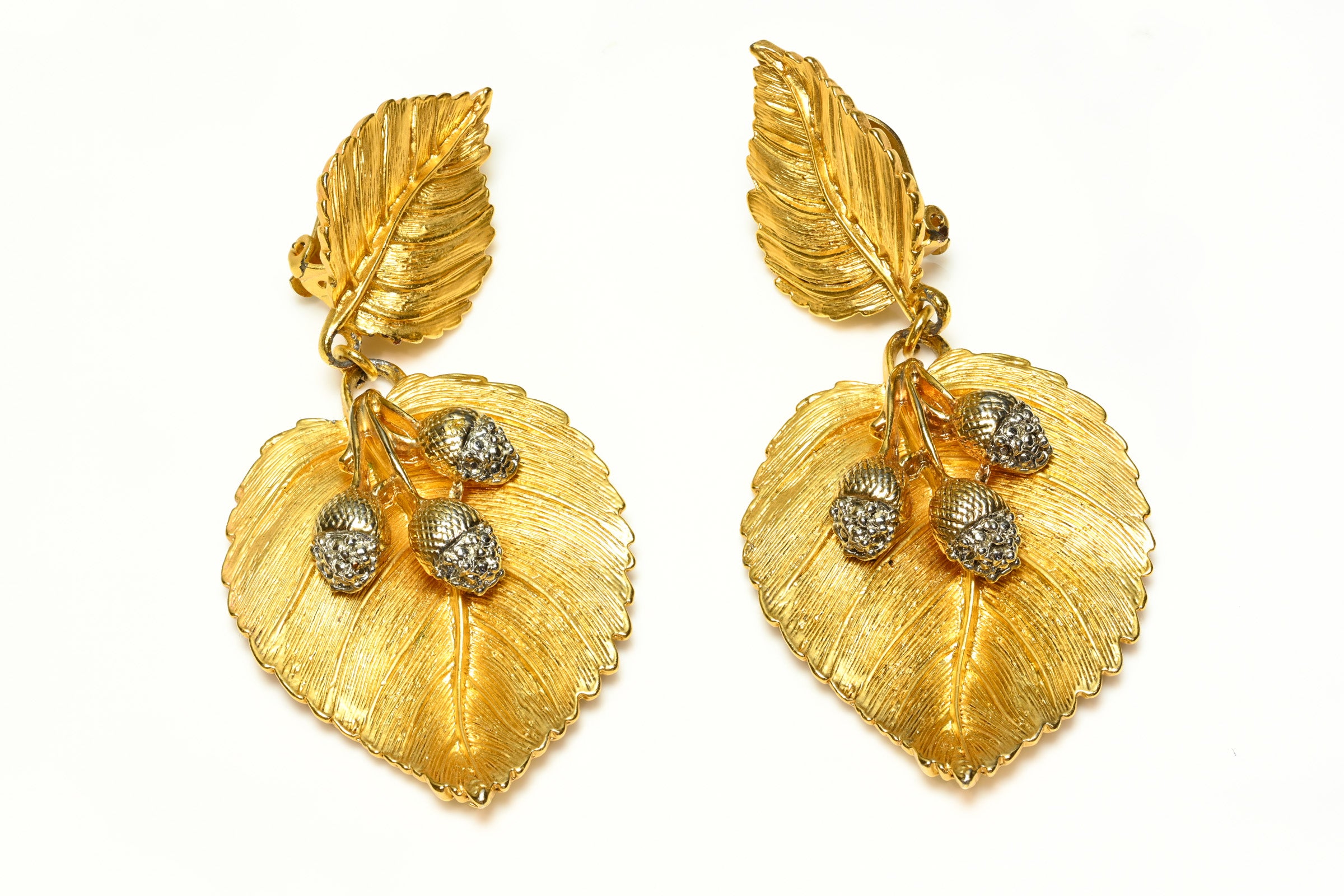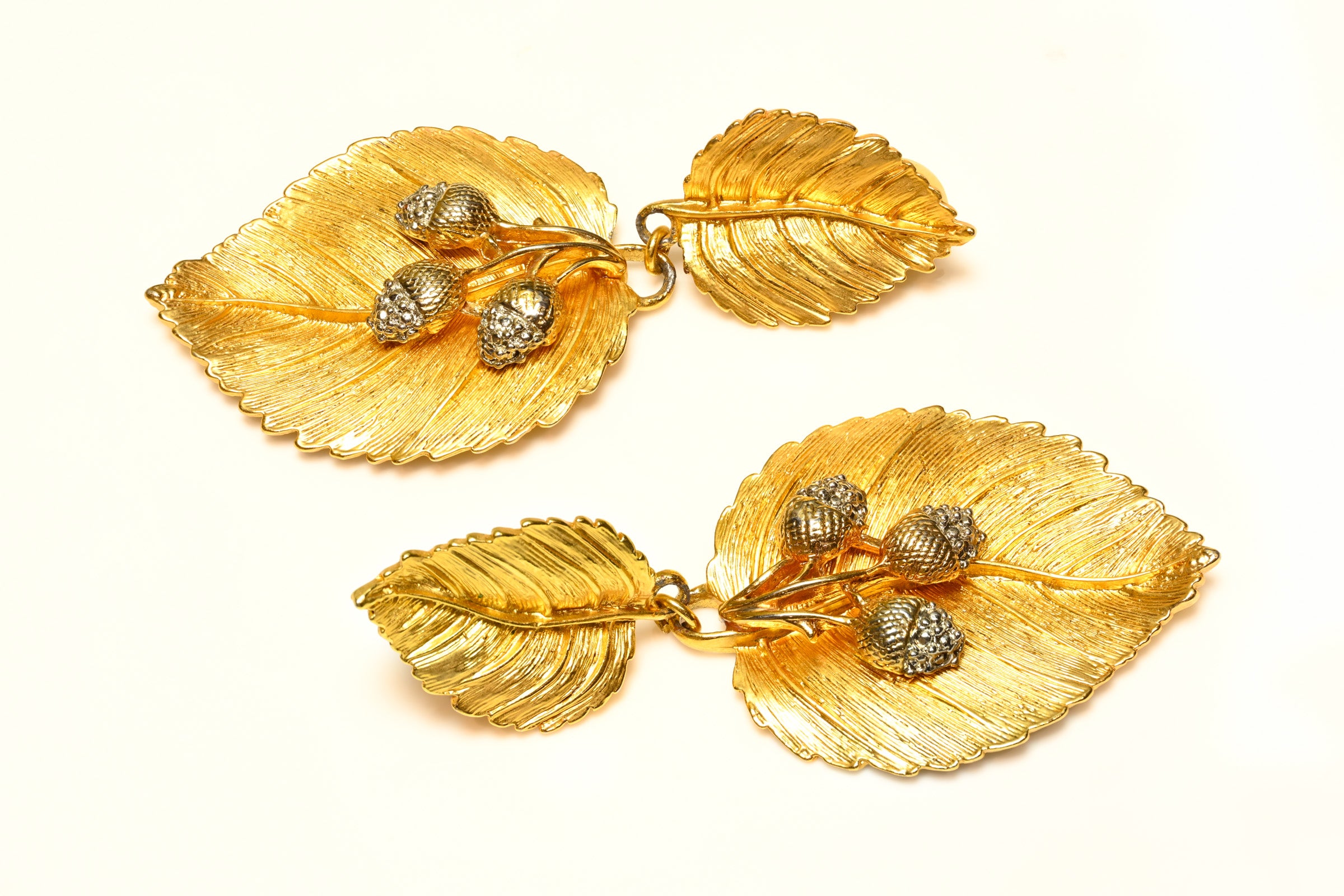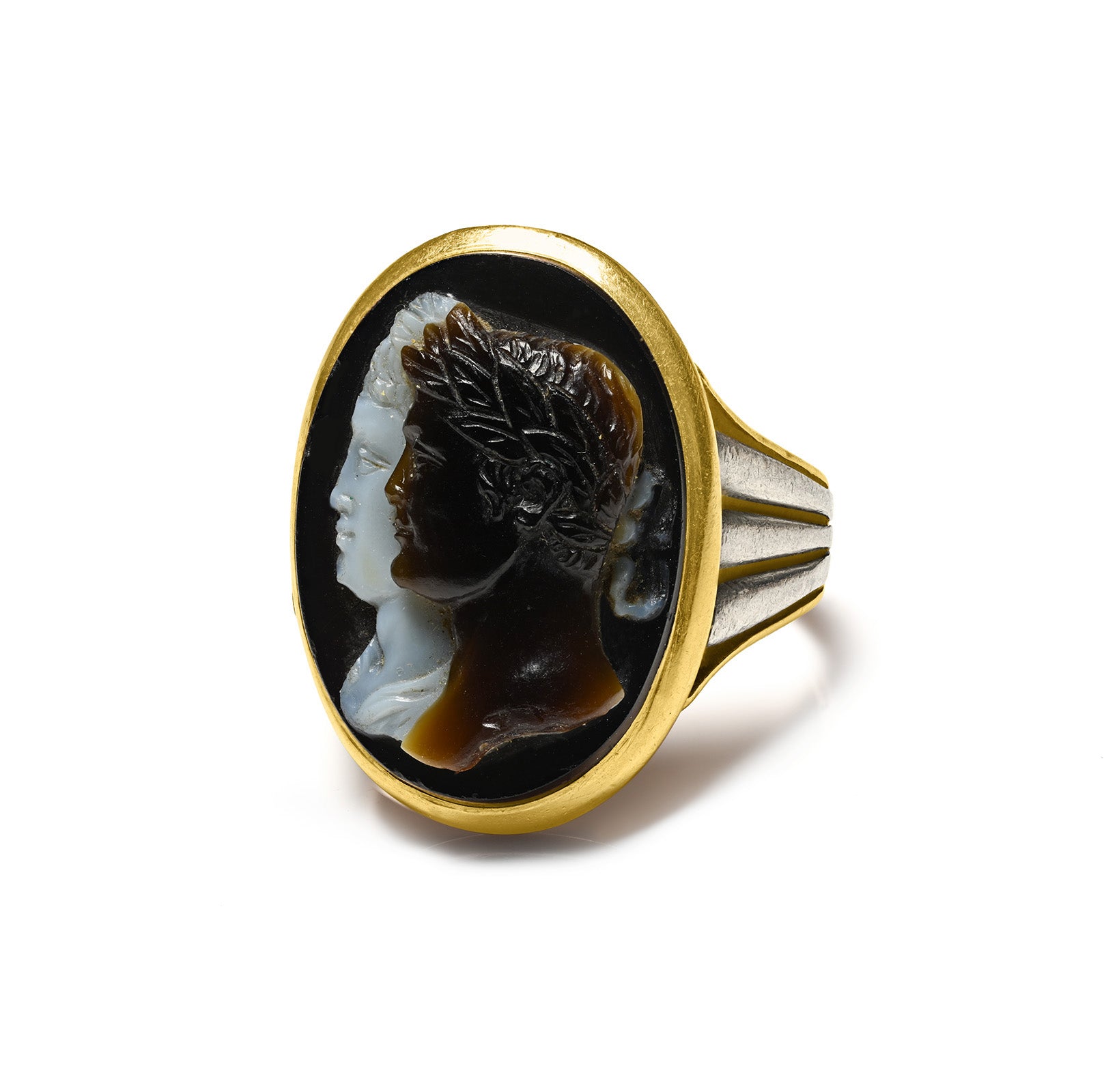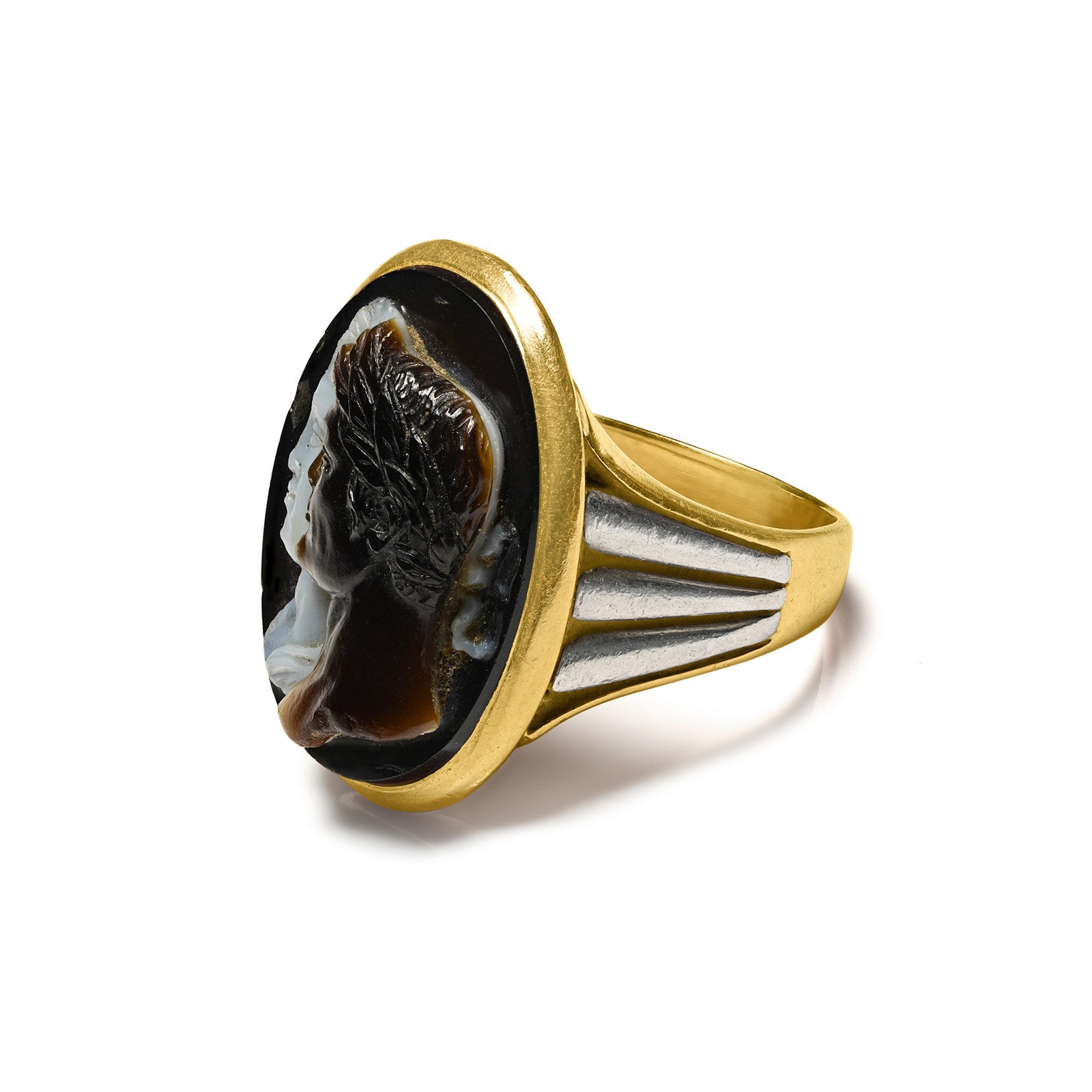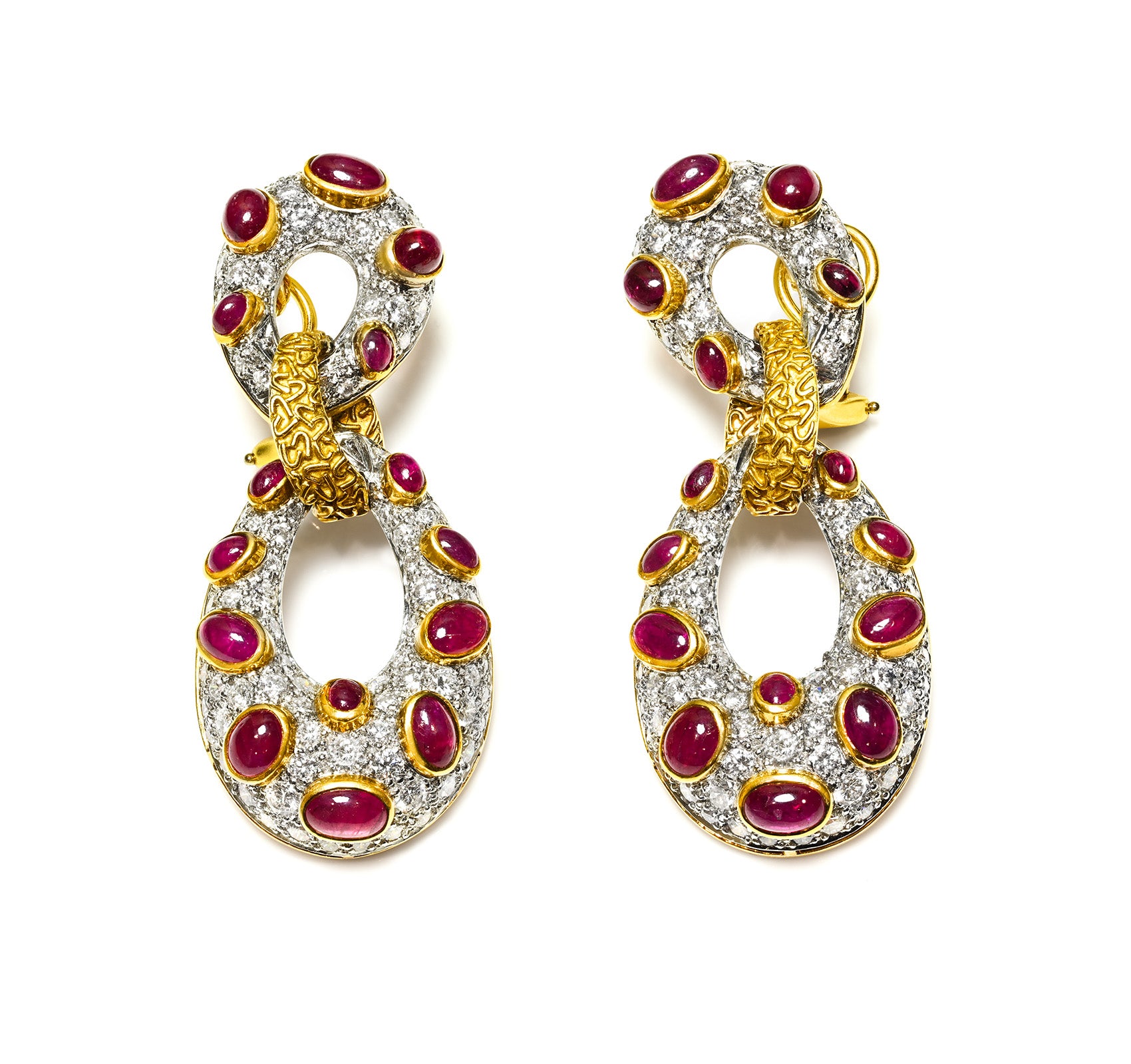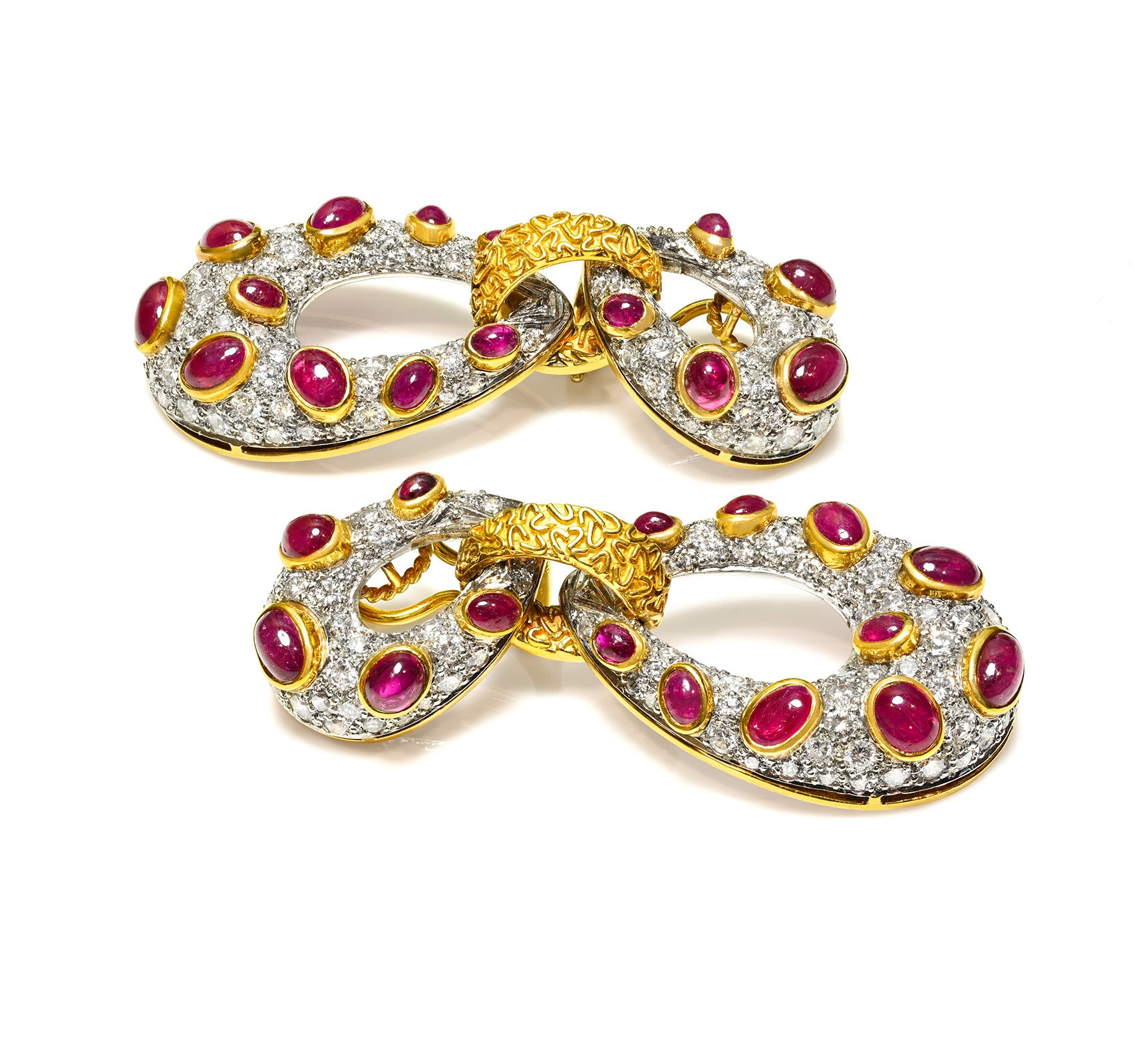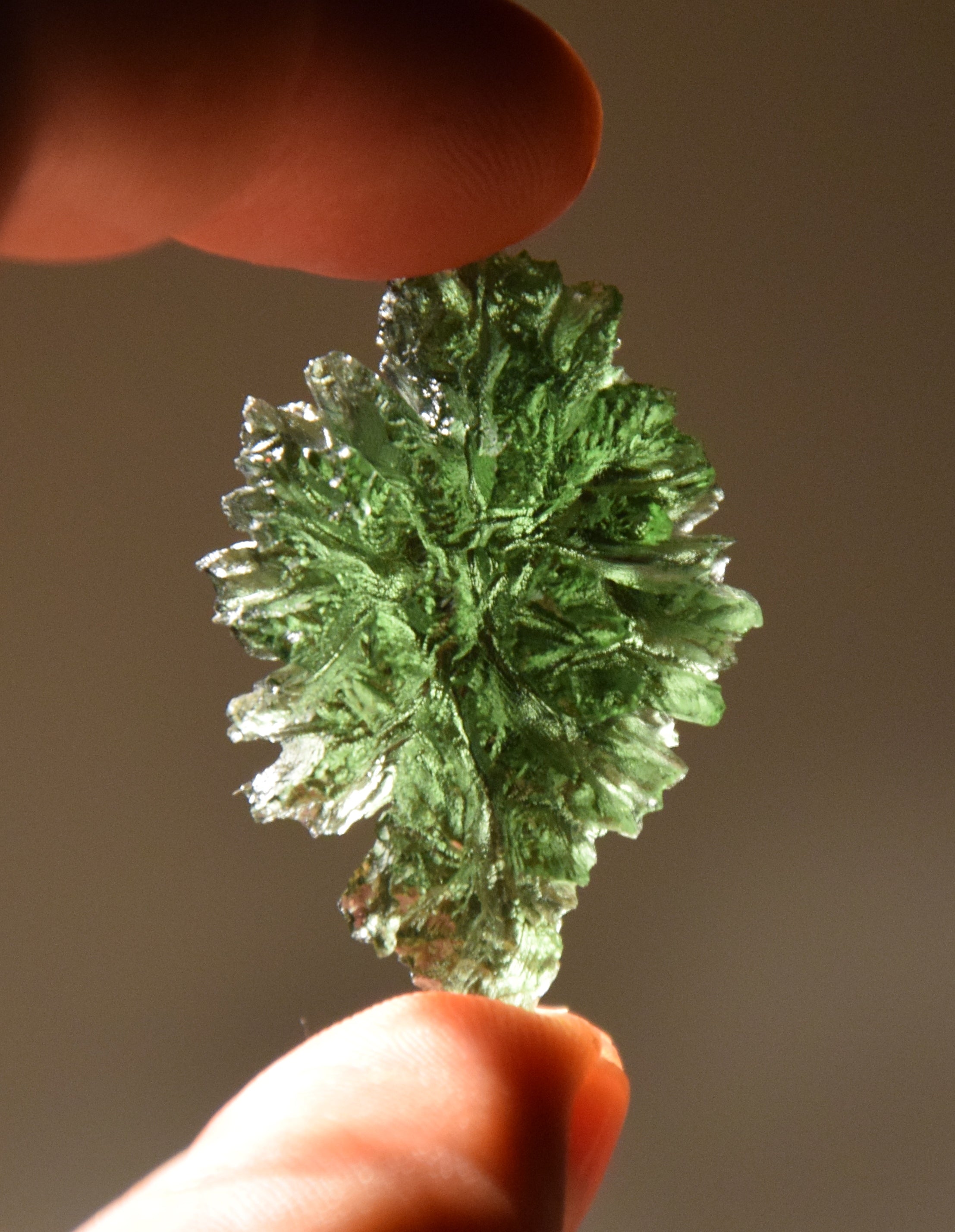
Top Precious Gemstones with Extraterrestrial Origins
Most gemstones we admire - such as diamonds, , sapphires, and emeralds - were created deep within the Earth over millions of years. But a handful of extraordinary stones come from far more dramatic origins. These are extraterrestrial gemstones, rare minerals and glasses formed through meteorite impacts, supernova explosions, or delivered directly to Earth locked within meteorites.
Holding one of these gems is like holding a piece of the universe itself—a tangible fragment of cosmic history. From green glasses born in firestorms to diamonds forged by asteroid collisions, these stones tell stories that stretch across billions of years.
In this article, we explore the most remarkable extraterrestrial gemstones known today. Each carries unique scientific, cultural, and collectible value.
Table of Contents – Cosmic Gemstones You’ll Discover
-
Skystone – The mysterious oxygen-rich blue stone from Sierra Leone
-
Hypatia Stone – Presolar micro-diamond composite from a Type Ia supernova
-
Pallasite Meteorites (Peridot Crystals) – Gem-quality olivine locked in iron-nickel
-
Meteorite Slices (Widmanstätten patterns) – Crystalline iron-nickel from asteroid cores
-
Campo del Cielo – Argentina’s ancient iron treasure
-
Sikhote-Alin – Firestorm meteorite of 1947
-
Black Diamonds (Carbonado) – Possibly born in supernovae, found only in Brazil and Africa
-
Moldavite – Green glass formed by the Ries impact 15 million years ago
-
Libyan Desert Glass – Golden-yellow impact glass, once worn by Egyptian pharaohs
-
Popigai Crater Diamonds – Billions of microdiamonds created in a Siberian asteroid strike
-
Ureilite Diamonds (Almahata Sitta) – Shock-born sparkle from carbon-rich meteorites
-
Martian Opal – Meteorites from Mars containing hydrated silica, proof of ancient water
-
Moissanite – Silicon carbide crystals first identified in an Arizona meteor crater
-
Darwin Glass – Tasmania’s cosmic relic from a violent impact 800,000 years ago
-
Tektites – Australites, Indochinites, Ivory Coast & Georgia impact glasses
Each of these gems is not just beautiful—they are pieces of cosmic archaeology.
What Makes Extraterrestrial Gemstones Unique?
Extraterrestrial gemstones are unlike anything mined from Earth’s crust. While traditional gemstones form slowly through geological processes deep within the planet, these rare stones owe their existence to cataclysmic events: asteroid strikes, meteorite impacts, and even the explosive death of stars.
When a meteorite crashes into Earth, the heat and pressure can fuse minerals into new crystalline forms, creating natural glass like moldavite or Libyan Desert Glass.
Some gems, such as olivine crystals inside pallasite meteorites, were forged billions of years ago in the molten interiors of asteroids before fragments broke away and fell to Earth. Others, like carbonado (black diamonds), may have been carried here on meteorites after forming in supernova explosions.
These gems fascinate scientists and collectors alike for three main reasons:
-
Rarity – Only a handful of verified specimens exist, often discovered by chance.
-
Scientific Value – Each stone carries chemical and structural clues about cosmic events, from supernovae to the presence of water on Mars.
-
Cultural Significance – Some extraterrestrial gems, like Libyan Desert Glass, were used in ancient jewelry and royal artifacts, proving that humans have prized these stones for millennia.
Because of their unpredictable origins, extraterrestrial gemstones blur the line between science and art. They are at once collectibles, scientific archives, and symbols of humanity’s deep fascination with the cosmos.
The Most Fascinating Extraterrestrial Gemstones
Skystone – A Mystery Wrapped in Blue
One of the most enigmatic extraterrestrial materials is the so-called Skystone, discovered in Sierra Leone in the 1990s.
This vivid blue stone baffled scientists because chemical analysis revealed an unusual composition: over 70% oxygen, with traces of carbon, silicon, and calcium. Such a composition is unheard of in terrestrial minerals.
While a handful of collectors treat Skystone as a “cosmic gemstone,” mainstream geologists remain skeptical.
The prevailing view is that it could be a terrestrial silicate altered by weathering or an unusual industrial byproduct. Until peer-reviewed analyses converge, Skystone should be presented as a fascinating outlier with contested extraterrestrial origins.

Hypatia Stone – A Fragment of a Supernova
Found in Egypt’s Libyan Desert in 1996, the Hypatia Stone is another contender for extraterrestrial origins.
Named after the famed Alexandrian philosopher Hypatia, the stone shocked researchers with its unusual composition: micro-diamonds, rare elements, and isotopic patterns that have been hypothesized to link the stone’s chemistry to a Type Ia supernova—one of the most powerful cosmic events in the universe.
If confirmed, this would mean the Hypatia Stone is literally a fragment of a star that exploded billions of years ago, predating even the formation of our solar system. Its discovery provides scientists with physical evidence of cosmic chemistry and excites collectors for its rarity and dramatic backstory.
Not all researchers agree on the exact stellar event; what is broadly accepted is that Hypatia’s chemistry is highly anomalous compared with typical solar-system materials.

Pallasite Meteorites – Space Peridot Encased in Iron
Few extraterrestrial materials rival the beauty of pallasite meteorites, often called “space peridot.”
These meteorites contain transparent green crystals of olivine—sometimes gem-quality peridot—suspended within an iron-nickel matrix. They formed deep inside differentiated asteroids billions of years ago, at the boundary between metallic cores and silicate mantles.
The Esquel meteorite, discovered in Argentina in 1951, is the most famous pallasite, with spectacular gem-quality crystals. Another showstopper is the Fukang meteorite (discovered in China in 2000), famed for its large, honey-gold olivine crystals that glow like stained glass when backlit.
Jewelers and museums prize polished slices of pallasites for their cosmic “stained glass” appearance. Holding one is literally holding a fragment of an ancient asteroid’s heart.

Brahin meteorite, pallasite. 3 kg end piece, cut and polished - Photo Credit: Steve Jurvetson, CC BY 2.0, via Wikimedia Commons
Meteorite Iron–Nickel Slices (Muonionalusta, Gibeon) – Widmanstätten Elegance
Beyond pallasites, iron–nickel meteorites such as Muonionalusta (Sweden) and Gibeon (Namibia) are sought after for their striking Widmanstätten patterns—crystalline intergrowths of kamacite and taenite revealed by careful cutting and etching.
No terrestrial alloy naturally reproduces these long-period patterns, which form during ultra-slow cooling inside parent asteroids over millions of years.
In jewelry, stabilized slices are used for rings, pendants, and watch dials, but owners should avoid prolonged moisture and acids to prevent corrosion. Authenticity hinges on trace element chemistry and pattern geometry; reputable sellers provide documentation.
 A 4.5 kg individual meteorite from the Gibeon meteorite strewn field. Gibeon is a fine octahedrite, class IVA. This specimen is about 19cm wide - Photo Credit: H. Raab (User:Vesta), CC BY-SA 3.0, via Wikimedia Commons
A 4.5 kg individual meteorite from the Gibeon meteorite strewn field. Gibeon is a fine octahedrite, class IVA. This specimen is about 19cm wide - Photo Credit: H. Raab (User:Vesta), CC BY-SA 3.0, via Wikimedia Commons

Muonionalusta meteorite, endcut - Photo Credit: Ryan Somma, CC BY-SA 2.0, via Wikimedia Commons
Campo del Cielo – Argentina’s Ancient Iron Treasure
Discovered in Argentina, Campo del Cielo meteorites are iron–nickel fragments from a fall that occurred about 4,000–5,000 years ago.
Known for their metallic luster and rugged shapes, they are widely used in jewelry and collectibles. Each piece carries the weight of a cosmic journey, having traveled through space before embedding itself into the Argentinian plains.

Campo del Cielo iron meteorite - Photo Credit: Geo Lightspeed7, CC BY-SA 4.0, via Wikimedia Commons
Sikhote-Alin – The Firestorm of 1947
In 1947, a massive meteor exploded over the Sikhote-Alin mountains in eastern Russia, scattering thousands of iron fragments across the landscape.
Many specimens bear fusion crusts and regmaglypts (thumbprint-like impressions), making them especially desirable. Sikhote-Alin meteorites are popular in both scientific collections and jewelry designs due to their dramatic origin and striking patterns.
Black Diamonds (Carbonado) – Born in the Stars?
Unlike transparent white diamonds, black diamonds, or carbonado, are opaque, porous, and incredibly tough. Found only in Brazil and the Central African Republic, these stones contain unusual amounts of hydrogen and nitrogen—elements rarely combined in Earth-formed diamonds.
This odd composition has fueled theories that carbonado diamonds originated in supernova explosions and arrived on Earth via meteorites billions of years ago. While not universally accepted, the extraterrestrial hypothesis has made black diamonds among the most intriguing gemstones in the world. Their durability and unique appearance also make them popular in contemporary jewelry, where they symbolize strength and mystery.
A competing school of thought argues for unusual terrestrial formation scenarios—such as growth within ancient crust under atypical conditions—followed by later transport. The debate continues, which only adds to carbonado’s mystique.
Black diamonds (carbonado) often command higher prices than conventional fancy black diamonds because of their rarity and debated origins.
Regardless of their exact origin, carbonado remains one of the toughest and most mysterious diamonds known, a gemstone that continues to captivate scientists and collectors alike.

Carbonado diamondites - Photo Credit: James St. John, CC BY 2.0, via Wikimedia Commons
Moldavite – The Green Glass of the Stars
Moldavite is a striking green glass formed about 15 million years ago, when a massive meteorite struck near what is now the Nördlinger Ries crater in Germany. The heat of impact melted terrestrial silica, ejecting molten material high into the atmosphere, where it cooled into aerodynamic shapes before falling back to Earth.
Today, moldavite is found mostly in the Czech Republic and Austria. Its vivid green color, natural bubbles, and flow lines are proof of its fiery cosmic birth.
Moldavite has captivated not only collectors but also spiritual communities, who believe it carries transformative or metaphysical properties. Its limited geographic source makes genuine specimens increasingly rare and expensive.
Tip for collectors: Moldavite has been widely faked (dyed bottle glass is common). Look for authentic textures (lechatelierite streaks), etched surfaces, and verified Czech provenance.

Moldavite - Photo Credit: Onohej zlatove, CC BY-SA 4.0, via Wikimedia Commons
Libyan Desert Glass – King Tut’s Cosmic Jewel
Scattered across the Sahara Desert, Libyan Desert Glass is a golden-yellow natural glass formed about 29 million years ago by a meteorite impact that superheated desert sands. These shimmering fragments carry within them both terrestrial and cosmic DNA—born of Earth’s minerals but forged by extraterrestrial energy.
Perhaps its most famous use was in ancient Egypt. A carved scarab beetle made of Libyan Desert Glass was placed in King Tutankhamun’s breastplate, signifying both the stone’s beauty and its spiritual weight. Today, this glass is treasured by collectors for its cultural heritage, radiant glow, and rarity, as collecting is restricted to limited areas of the Sahara.
Some geologists frame its origin as an airburst (a superheated atmospheric explosion) rather than a direct crater-forming impact; either way, the event melted desert sands into golden glass. Modern collection is tightly restricted—provenance documentation significantly impacts value.
 Libyan Desert Glass - Photo Credit: James St. John, CC BY 2.0, via Wikimedia Commons
Libyan Desert Glass - Photo Credit: James St. John, CC BY 2.0, via Wikimedia Commons
Tektites – Earth’s Fiery Raindrops
Tektites are small, natural glasses formed when meteorite impacts melt terrestrial rock and hurl it into the atmosphere, where it cools into glossy, aerodynamic shapes before falling back to Earth. While not as visually flashy as gemstones, tektites are highly valued for their extraterrestrial connection.
-
Australites – Found in Australia, often shaped like buttons due to ablation during re-entry.
-
Indochinites – Jet-black glassy stones discovered in Vietnam, Thailand, and neighboring countries, dating back about 800,000 years.
-
Ivory Coast Tektites – Formed 1.3 million years ago, linked to the Bosumtwi impact crater in Ghana, these are among the rarest of all tektites.
- Georgia Tektites (USA) – Found across the southeastern United States, often associated with the Chesapeake Bay impact structure; prized by regional collectors.
Each type tells a different geological story, with collectors drawn to their unique shapes and the dramatic cosmic impacts they record.
Martian Opal – Proof of Ancient Water
Martian meteorites—rocks ejected from Mars by asteroid strikes and later landing on Earth—have revealed a surprising treasure: opal deposits. These opals, formed from hydrated silica, prove that liquid water once existed on Mars.
For planetary scientists, Martian opals are more than gemstones; they’re time capsules preserving evidence of Mars’ wetter, possibly habitable past. For collectors, they hold immense symbolic power: the chance to own a glittering fragment of another planet, one that also whispers of extraterrestrial oceans.
Authentic Martian opal specimens are research-grade meteorite fragments—rarely suitable (or legal) for typical jewelry use and usually traded within scientific and specialist markets.
Martian meteorites with opal inclusions have sold for tens of thousands at auction. These specimens cannot be freely traded as simple gemstones; they are strictly regulated and usually available only as certified meteorite fragments within the scientific and collector markets.

Moissanite – Stardust Crystals
In 1893, French chemist Henri Moissan discovered tiny crystals at the site of a meteorite impact in Arizona’s Canyon Diablo. These were moissanite—natural silicon carbide. While vanishingly rare in nature, their brilliance and durability rival diamonds.
Because naturally occurring moissanite is vanishingly rare, virtually all moissanite jewelry is lab-grown.
That doesn’t diminish its appeal—its fire, hardness, and ethical profile make it a superb diamond alternative—but collectors should distinguish meteorite-found moissanite (museum-level rarity) from commercial synthetic stones.
 Moissanite - Photo Credit: Andrew Silver, Public domain, via Wikimedia Commons
Moissanite - Photo Credit: Andrew Silver, Public domain, via Wikimedia Commons
Popigai Diamonds – Forged in a Cosmic Blast
In Siberia lies the Popigai Crater, a 100-kilometer-wide scar left by an asteroid impact 35 million years ago. The force of the collision was so extreme it transformed graphite deposits into billions of carats of microcrystalline diamonds—the largest known diamond deposit on Earth.
Though too small for most jewelry, Popigai diamonds fascinate scientists because they embody the raw power of extraterrestrial energy meeting terrestrial carbon. These impact diamonds are harder than most natural diamonds, with unusual structures that could one day inspire new industrial applications.
Thanks to their microcrystalline structure and extreme hardness, Popigai impact diamonds are of particular interest for industrial and advanced materials applications rather than traditional jewelry.
Scientists estimate the Popigai impact created trillions of carats of microdiamonds, making it the single largest diamond deposit on Earth.

Nanodiamonds found at Popigai impact structure, Russia - Photo Credit: Hiroaki Ohfuji et al., CC BY 4.0, via Wikimedia Commons
Ureilite Diamonds (Almahata Sitta) – Shock-Born Sparkle
Some carbon-rich meteorites called ureilites contain tiny diamonds formed under extreme shock.
A famous example is Almahata Sitta (Sudan, 2008), the meteorite fall from asteroid 2008 TC3. These nanodiamonds and microdiamonds are generally too small for conventional jewelry but are invaluable to scientists studying shock metamorphism and the carbon cycle in small bodies.
 Ureilite - Photo Credit: James St. John, CC BY 2.0, via Wikimedia Commons
Ureilite - Photo Credit: James St. John, CC BY 2.0, via Wikimedia Commons
Darwin Glass – Tasmania’s Cosmic Relic
About 800,000 years ago, a meteorite struck Tasmania, creating what we now call Darwin Glass near the Darwin Crater. This impact glass (a form of tektite) ranges from translucent green to opaque black and is scattered across the surrounding wilderness.
Collectors value Darwin Glass for its rarity—it’s found only in a limited region—and for its rugged, primal beauty. Each fragment feels like a frozen echo of a violent cosmic event.

"Darwin Glass" - Photo Credit: James St. John, CC BY 2.0, via Wikimedia Commons
Why Extraterrestrial Gemstones Are So Valuable
The allure of extraterrestrial gemstones goes beyond their striking appearance. Several factors shape their rarity and value:
-
Scarcity of supply – Most cosmic gemstones originate from limited sites, often with strict legal or environmental protections. For example, moldavite is found almost exclusively in the Czech Republic, while Libyan Desert Glass can only be collected in restricted zones of the Sahara.
-
Authenticity and provenance – Verification through laboratories and research institutions is crucial. Without documented proof of extraterrestrial origin, specimens lose much of their scientific and market value.
-
Cultural significance – From King Tut’s breastplate scarab carved from Libyan Desert Glass to modern jewelry set with meteorite fragments, these stones carry both historical and symbolic weight.
-
Scientific importance – Many of these gems, such as Martian opal or the Hypatia Stone, provide direct evidence about the early solar system, planetary history, or even supernova events.
- Investment potential – As supplies decline and restrictions increase, documented extraterrestrial gemstones have shown steady appreciation, attracting both collectors and investors. As with all rare stones, provenance documentation and scientific verification play a crucial role in determining long-term value, often outweighing visual appeal alone.
Scientific Insights from Cosmic Stones
Studying extraterrestrial gemstones helps scientists decode the violent history of our universe:
-
Supernova remnants – Black diamonds (carbonado) and the Hypatia Stone carry isotopic signatures that may trace back to stellar explosions.
-
Impact chronicles – Tektites and Popigai diamonds preserve the heat, pressure, and energy unleashed by asteroid collisions with Earth.
-
Planetary archives – Martian opals prove the presence of liquid water on Mars, reshaping theories about its climate and habitability.
-
Asteroid interiors – Pallasite meteorites reveal the structure of ancient planetary bodies, offering a glimpse into how planets formed and evolved.
Owning a Piece of the Universe
Extraterrestrial gemstones are far more than ornaments. Each fragment represents a cosmic journey—born in the heart of a star, the depths of an asteroid, or the violence of an impact. From Skystone’s mysterious oxygen-rich structure to the fiery green brilliance of moldavite, these stones connect us directly to the drama of the cosmos.
Collectors prize them for their rarity, museums display them for their scientific importance, and jewelry designers set them into wearable art that quite literally carries stardust. Their value grows not only with scarcity but also with humanity’s timeless fascination for the stars.
In the end, to hold an extraterrestrial gemstone is to hold a tangible piece of universal history—an object that has traveled across millions or even billions of years to reach us, whispering stories of creation, destruction, and the endless beauty of the cosmos.
Beyond their scientific and collectible value, extraterrestrial gemstones also hold significance in metaphysical communities. Moldavite, Libyan Desert Glass, and tektites are often associated with transformation, protection, and cosmic connection. While these beliefs are not scientifically proven, they contribute to the strong demand and cultural fascination surrounding these rare stones.
FAQ: Extraterrestrial Gemstones
What are extraterrestrial gemstones?
They are rare minerals and natural glasses either delivered to Earth by meteorites or formed by the heat and pressure of cosmic impacts. Unlike traditional gemstones mined from Earth’s crust, these stones connect directly to outer space.
Are extraterrestrial gemstones real gemstones?
Yes. Stones like moldavite, Libyan Desert Glass, and peridot from pallasite meteorites are recognized by gemologists. Others, such as Hypatia Stone or Skystone, are still under scientific debate but are considered unique extraterrestrial materials.
How valuable are extraterrestrial gemstones?
Value depends on rarity, authenticity, and condition. Moldavite and Libyan Desert Glass can sell for hundreds to thousands of dollars per piece, while Martian meteorite fragments or Hypatia Stone specimens can command far higher prices due to scientific importance.
Can extraterrestrial gemstones be used in jewelry?
Yes. Meteorite slices, moldavite, and moissanite are often set in rings, pendants, or watches. However, some—like Libyan Desert Glass or Darwin Glass—are fragile and better suited for collections rather than daily wear.
What is the rarest extraterrestrial gemstone?
The Hypatia Stone and Skystone are among the rarest, with extremely limited known specimens. Black diamonds (carbonado) are also rare and controversial, as their origins are still debated.
Why do collectors and scientists value these stones?
Collectors prize them as tangible pieces of the universe, while scientists study them for insights into supernovae, asteroid impacts, and even planetary histories. Martian opals, for example, provide direct proof of water on Mars.
Are extraterrestrial gemstones a good investment?
Yes, for carefully documented specimens. As supplies dwindle and restrictions tighten (like moldavite mining in the Czech Republic), values have steadily risen. Verified meteorite gems or rare tektites often appreciate over time.
Can extraterrestrial gemstones be faked?
Yes. Certain extraterrestrial gemstones—especially moldavite and Libyan Desert Glass—are commonly counterfeited with dyed glass or synthetic imitations. Authentic specimens usually show natural textures, flow lines, or inclusions that are difficult to reproduce artificially. Buying from verified sources with documentation is essential.
Which extraterrestrial gemstones are most available for jewelry today?
The most accessible gemstones for jewelry use are moldavite, moissanite (though usually lab-grown), and stabilized meteorite slices. Others, such as Libyan Desert Glass or Darwin Glass, are fragile and better suited for collections, while Martian opal and Hypatia Stone are primarily reserved for research and museums.
Cover Photo: Moldavite - Credit: Onohej zlatove, CC BY-SA 4.0, via Wikimedia Commons / Images without an external credit are AI-generated for illustrative purposes, created to resemble the appearance of the original extraterrestrial gemstones




